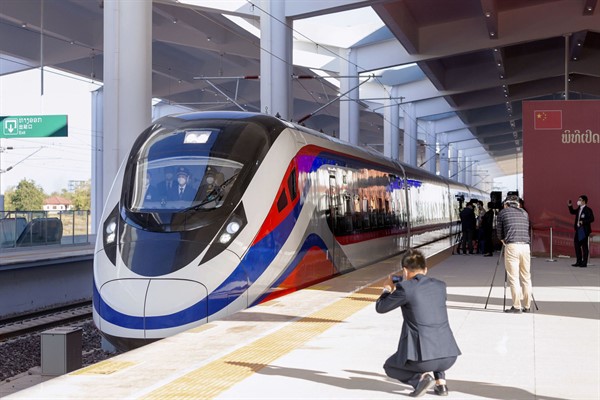Over the past few years, the Southeast Asian state of Laos has positioned itself at the center of growing trade, economic and infrastructure integration in the Mekong subregion. Its ambitious plan envisioned its dams providing electricity for Laos’ more populous neighbors and its expanding web of roads and rails—whose development is funded extensively through debt, much of it to China—connecting the region’s rising economies. But that was before Laos’ economy crashed.
Today, inflation is skyrocketing. Staple goods like cooking oil are becoming scarce. And the local currency is collapsing against the dollar. The country, whose credit rating was downgraded by Moody’s in June to junk status, is now close to defaulting on its sovereign debts. For perhaps the first time, many Lao citizens are publicly questioning and condemning their authoritarian government on social media. Meanwhile, public anger is rising toward outside lenders, particularly China. Desperate, Laos’ leaders have even looked for help from Russia, a move that could alienate Vientiane from major democratic powers.
In the years before the onset of the coronavirus pandemic in 2020, Laos’ economy was growing, and at a faster pace than it had in a few years. In 2017 alone, the economy expanded by about 7 percent, and it then grew between 5 and 6 percent annually for the next two years.

